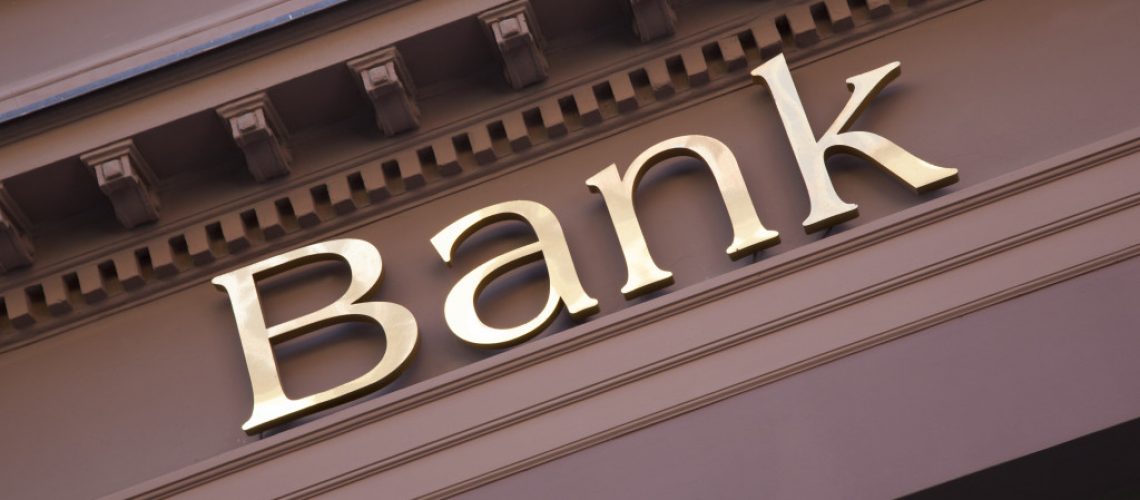Banking is an essential process that we now do almost every day because of our increased access. Digital banking has made it easier for us to manage our finances and even invest on the go. But the introduction to banking has not become any easier. A million still don’t know what compound interest means or the difference between a savings and checkings account.
Banks and other financial institutions really don’t have the time to explain these essential things. Moreover, one of the main reasons 6% of American households choose not to have a bank account is the fear of the unknown. By knowing these terms, you’ll have nothing to fear. Let’s start with an essential piece of the puzzle, and that is the two most important accounts in banking: savings and checkings accounts.
Savings Account

Essentially, a savings account is where you want to deposit your savings. So with this being said, you want to avoid withdrawing from this account because it’ll affect the maturation of your investments. Yes, your savings account is an investment in itself. In most situations, these are the first investments that people make in their lives! Let’s go a bit deeper on this, shall we?
So the first thing you should know is that banks do use your money for their investments. Don’t freak out! You want them to do that because you’re essentially investing in them. By the end of the day, they’ll return the money they’ve used, but this time with interest. The interest, in this case, is termed as the annual percentage yield (APY). Technically what this means is a percentage of what you can get out of your savings account every year.
The APY for most savings accounts is at a modest 0.04%, regardless of how much you deposit. But if you deposit a staggering $100,000 in your savings account, you can get $400 every year from it. It’s not a lot, but at least it’s an increase from your main deposit. However, for high-yield savings accounts, this number can increase to 3%. You can transition to such an account down the line. Just ask your banker for it.
Checking Account
A checking account is where you get the money you need to pay bills and other everyday transactions. Most checking accounts don’t gain APY, but good checking accounts from respectable banks usually have an APY of at least 0.02%. This incentivizes people to save a bit of their money inside those accounts.
Essentially, you should limit your spending if you want to get the best out of your checking account. There’s a small percentage of it will increase year-on-year. So if you average your spending, you can get a couple more dollars out of your checking account. Now that those accounts are out of the way, let’s get into investment terms.
Certificate of Deposit
A certificate of deposit (CD) is investments certificates you can do regardless of your profession. You can invest in these the moment you open an account in a bank. So what is a certificate of deposit exactly?
A CD is you telling the bank that you won’t be touching your deposit for a period so that they can use your money and repay it to you with interest. The interest is much higher than your typical savings account (around 0.15% for one year), which increases as each year passes by. It’s a good investment option with zero risks, but you can’t withdraw any money from that account until the given time period is met.
Compound Interest
So let’s say that you’re planning your investment options now, and you’re looking into not withdrawing from your savings account for quite some time. Does the interest increase on top of your first year’s interest? This is where the compound interest comes along.
Compound interest is the interest you gain after the previous year’s interest is deposited in your account. For example, let’s say you deposited $100 for an APY of 5%. You get $105 after your first year, and compound interest means you get 5% out of that $105 for the second year, not 5% for your $100 (your main deposit).
Returned-item Fee and Overdraft Fee
Lastly, let’s talk about two important fees for something you can’t pay: returned-item and overdraft fees. The former is all about you receiving a bounced check. Bounced checks are checks you gave to someone, but your account didn’t have sufficient funds when they withdrew them. So a returned-item fee charges you for that.
An overdraft fee is when your bank receives a payment your account can’t pay for. Essentially, the bank pays for it to save face, but you have to pay for it with interest. That interest is the overdraft fee.
So here are some essential terms you need to know before you start banking. It’ll help you handle your first few business transactions with a bank and even help you make your first investments.

